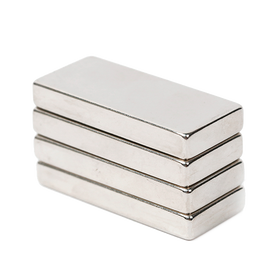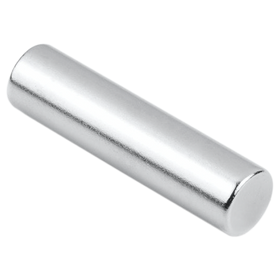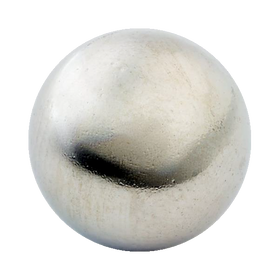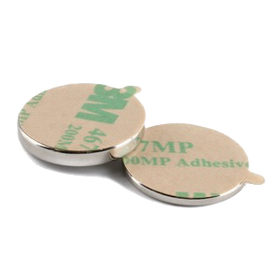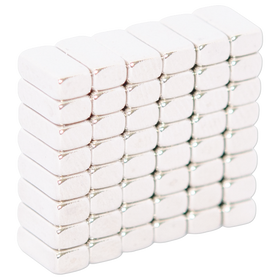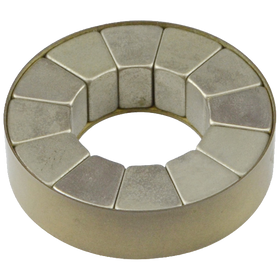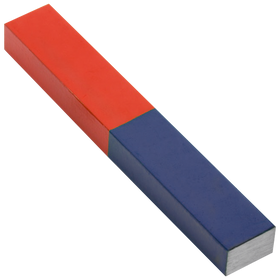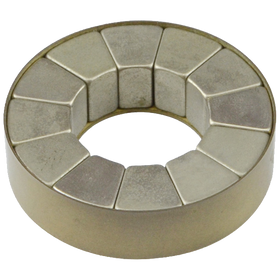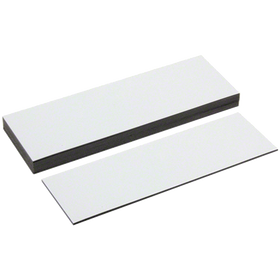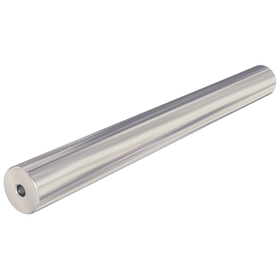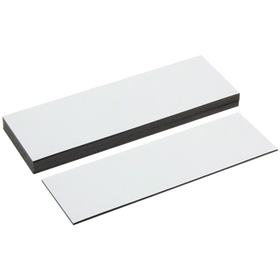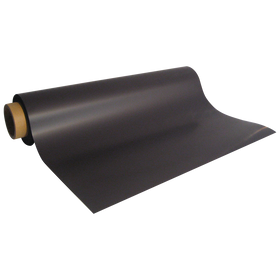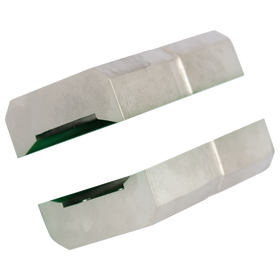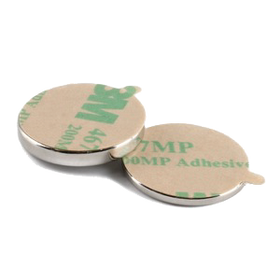What is Magnetism?
Magnetism is a physical force of attraction or repulsion that acts on objects to varying degrees on the basic of the magnetic properties. Magnets MUST and ALWAYS have an opposite poles, namely the south and the north. There is no such thing as a mono pole magnet, they do not exist at this stage and have not been observed. If you discover a monopole it is likely you will win a Nobel Prize in Physics. If you break a magnet in half you will have two new magnets each with a north and south pole.
One of the most important and basic rules of magnetism is that Unlike poles attract and Like poles repel, i.e. South poles attract the north poles and is repulsed by another south pole.
In the Figure 1 (a) below a single bar magnet shows the north and south poles and the field lines coming out of the north pole and into the south pole. Figure 1 (b) and (c) shows two magnets in attraction and repulsion. You can clearly see in the images how the magnetic field lines go towards or away from each other depending on the position of the magnetic poles.



Generally, the bigger the size of the magnet, the greater its power of concentrating magnetic lines of force however several parameters influence the magnets overall magnetic force. The strength or force of a magnet is determined by many different variables such as the type of magnet (i.e. the material it is made from), the magnetic grade, the shape and pole surface area, its mass all determine how it influences on other magnets or other objects. As shown in the bar magnet images above you can see magnetic field lines. The variables discussed above, particularly the shape of a magnet, determines the concentration, arrangement and channelling of the magnetic lines of force through it.
Magnetic field lines of force are non-intersecting lines that run from north to south outside and from south to north inside the magnet. The power of the magnet is more towards its pole and lessens towards the centre. Other shapes of magnetic field lines can be seen in Figure 2 below. For more detail on magnetic fields lines see the section Magnetic Fields




